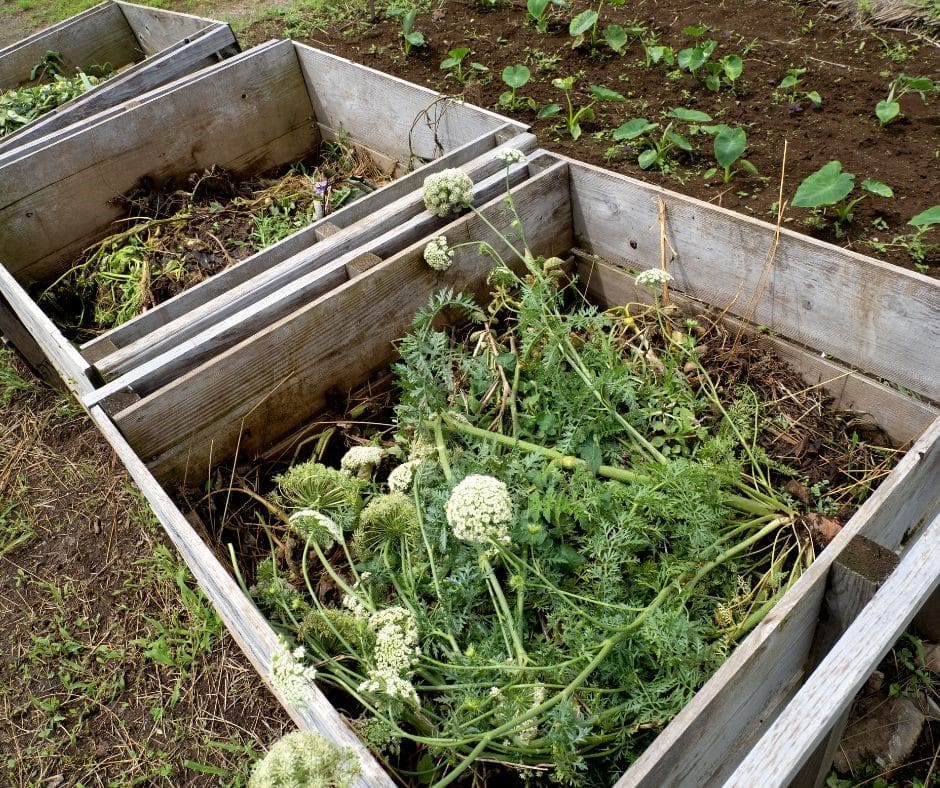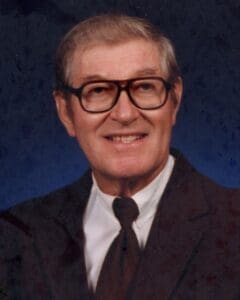For those new to composting, Kansas State University horticulture expert Cynthia Domenghini offers tips for beginners. First, she recommends using a bin to ensure a successful compost pile.
“A number of things are needed for building a compost pile, including a bin, a source of water, ‘green’ materials, and ‘brown’ materials,” Domenghini said.
Green materials for composting include wet and fresh items like grass clippings, food scraps, weeds, and manure. Brown materials consist of dry, often dead items such as fallen leaves, sawdust, newspaper, and wood chips. A bin helps keep these materials packed together, speeding up the composting process. By properly constructing the pile, a bin also helps generate enough heat to destroy pests and disease organisms. Choosing the right compost bin is straightforward; Domenghini emphasizes ensuring the size is adequate.
“Our goal is to have a bin that will hold at least a 3 X 3 X 3-foot-high mound of material,” she said. “Anything less than this and the process will be slow and will not produce sufficient heat.”
For home gardeners, Domenghini suggests that a 5 x 5 x 5 bin is the largest size that can be easily managed. While compost bins can be purchased, they can also be homemade or repurposed from other containers. Domenghini recommends using discarded pallets or a ring of woven wire. She advises setting up a three-bin system: one bin for fresh materials, another for active composting, and a third for finished compost. Domenghini and her team at K-State’s Department of Horticulture and Natural Resources produce a weekly Horticulture Newsletter with tips for maintaining home landscapes and gardens.
Domenghini also provided a helpful Youtube video on choosing a compost bin.













